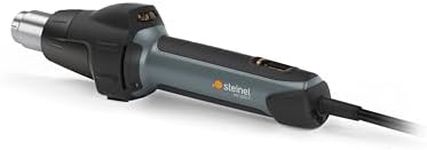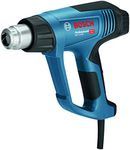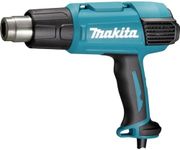Best Heat Guns
From leading brands and best sellers available on the web.
SEEKONE
SEEKONE 2000W Professional Hot Air Gun 50℃- 600℃ Variable Temperature Control with 2-Temp Settings, Overload Protection, Double Heating Wire Fast Heating, 7 Accessories for Shrinking PVC

Bosch Professional
7%OFF
Bosch Professional 18V System Cordless Heat Gun GHG 18V-50 (incl. reflector nozzle, 32x33 mm, reduction nozzle, 9 mm, without battery/charger)

Milwaukee
Milwaukee M18 BHG-0 Cordless Heat Gun 18V Bare Unit, RED

DEWALT
DEWALT D26411-GB 1800W Heat Gun with 240V Dual Air Flow
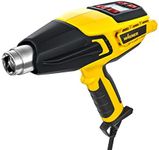
Wagner
29%OFF
WAGNER Heat Gun FURNO 750 - max. 630°C, 2000 W, Airflow Capacity 800 l/min, Ergonomic Handle incl. Jet, Reflector, Centring, Wide Jet Nozzle, Paint Scraper and LCD Display
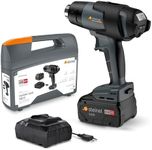
STEINEL
Steinel MobileHeat MH5 Battery Heat Gun with Metabo 5.5 Ah CAS 18 V Battery, Wireless Professional Hot Air Gun in Case, 4 Seconds Heating Time, 50-500 °C, 300 L/min
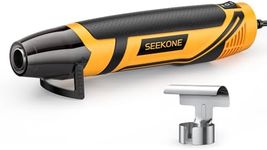
SEEKONE
6%OFF
SEEKONE Mini Heat Gun 2 Temperature 260℃/450℃, 350W Handheld Hot Air Gun Tool 1.5S Fast Heating with Overload Protection, Non-Slip Rubber Body, Nozzle for Craft Embossing, Shrink Wrapping
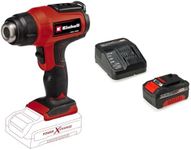
Einhell
13%OFF
Einhell Power X-Change 18V Cordless Hot Air Gun with Battery and Charger - Battery Powered Heat Gun with Accessories for Paint Stripping, Vinyl, Crafts, Resin - TE-HA 18 Li Battery Heat Gun Cordless

Makita
Makita DHG181ZJ 18V Li-ion LXT Heat Gun supplied in a Makpac Case – Batteries and Charger Not Included

